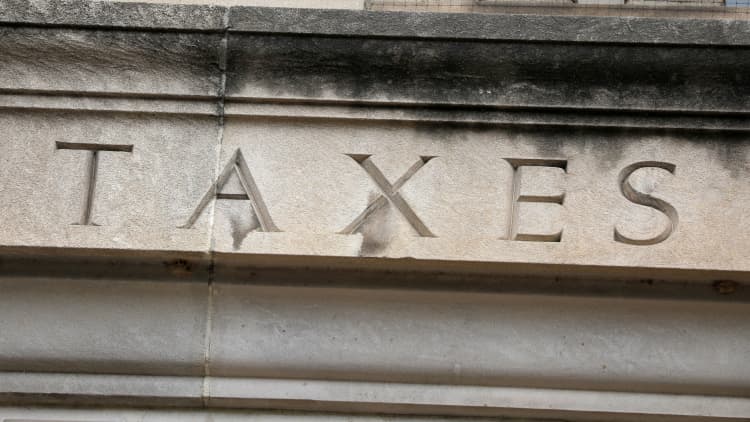
If you’re scrambling to file your taxes, it’s easy to miss another key deadline on April 18: the due date for 2023 first-quarter estimated tax payments.
Income taxes are pay-as-you-go, meaning you must remit taxes throughout the year. While employees contribute through paycheck withholdings, others must pay the IRS quarterly.
The first estimated tax deadline is April 18, which applies to self-employed or gig economy workers, investors and other filers who expect to owe $1,000 or more in 2023.
“Many taxpayers don’t realize that first quarter payments are due at the same time as their tax return for the prior year,” said Kathy Pickering, chief tax officer for H&R Block.
You may also owe quarterly taxes for retirement income, interest, dividends, capital gains, alimony and rental income to reduce or avoid penalties, according to the IRS.
Many taxpayers don’t realize that first quarter payments are due at the same time as their tax return for the prior year.
Kathy Pickering
Chief tax officer for H&R Block
“Paying quarterly estimated taxes will usually lessen and may even eliminate any penalties,” the IRS said in a news release last week.
However, some filers affected by natural disasters have more time for estimated tax payments, such as eligible filers in Alabama, California and Georgia, according to the agency. You can find a full list of tax relief by location here.
The ‘quick and dirty’ way to avoid late fees
There’s a “quick and dirty” way to bypass late payment penalties, known as the “safe harbor rule,” says Mark Jaeger, vice president of tax operations at TaxAct.
You can avoid late fees by covering 90% of your 2023 taxes or paying 100% of your 2022 bill if your adjusted gross income is $150,000 or less. However, you’ll need 110% of your 2022 bill if you earn more than $150,000.
The late payment penalty is 0.5% of your unpaid balance per month, up to 25%, plus interest. And with higher interest rates, “you definitely don’t want to pay that underpayment penalty,” Jaeger said.
If you’re expecting similar income to last year, you can check your 2022 return for last year’s tax liability and divide that number (or 110% of that number, for high earners) into four quarterly payments. Of course, it’s still possible you’ll have a 2023 tax bill by following this method, depending on your earnings for the year.
Paying online is ‘easiest’ for most filers
While there are several ways to remit quarterly taxes, “paying online is the easiest method for most taxpayers,” Pickering said.
You can use IRS DirectPay or make a payment through your IRS online account, which shows your payment history and other tax details. You can see the full list of payment options here.

